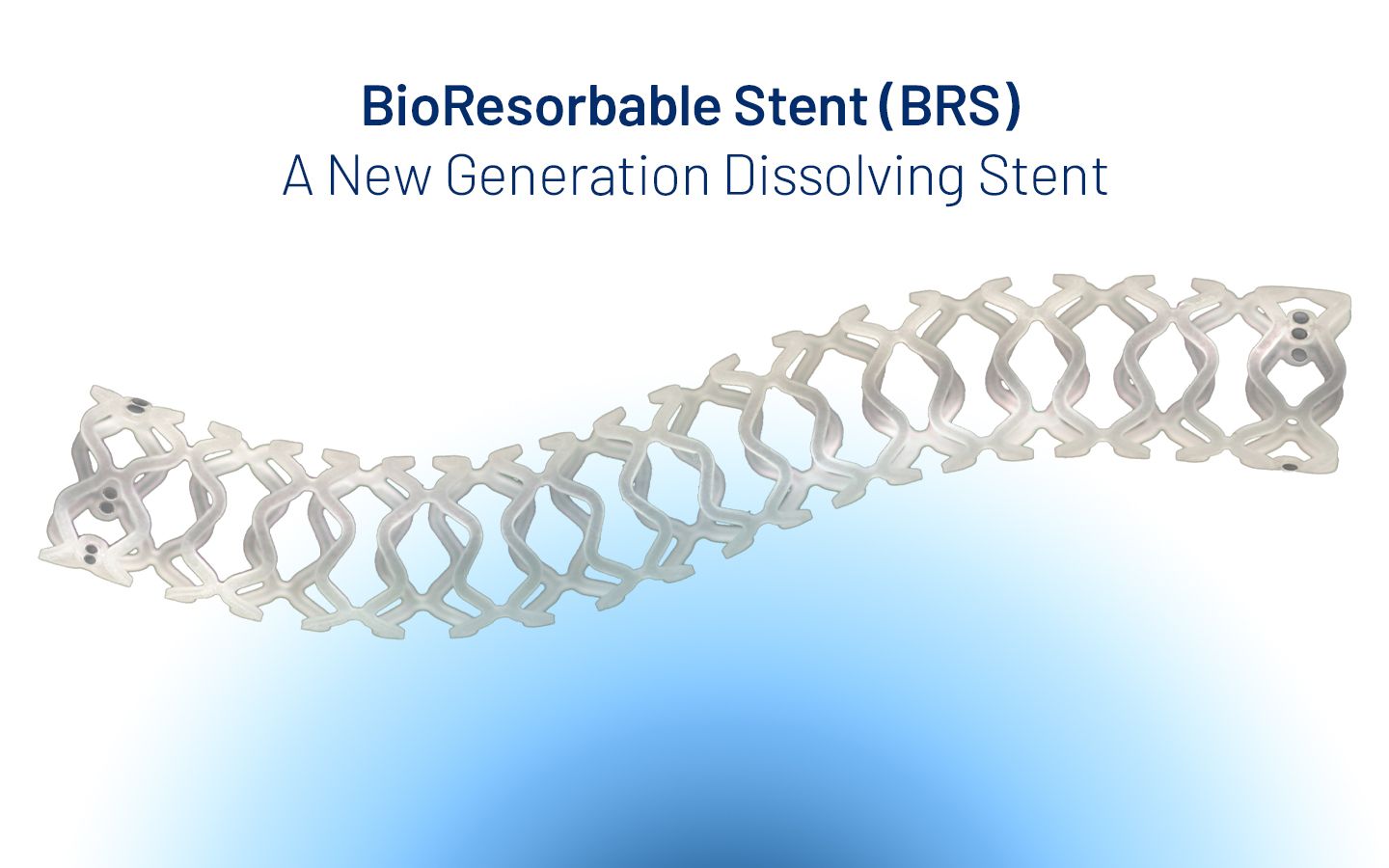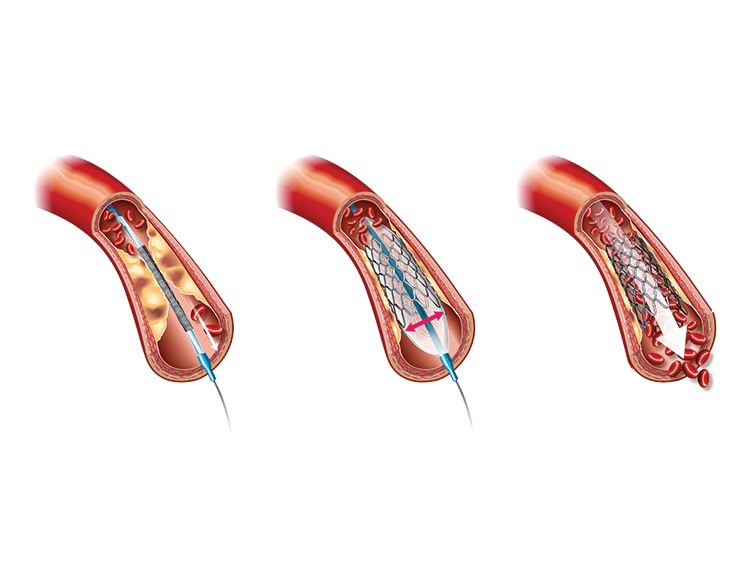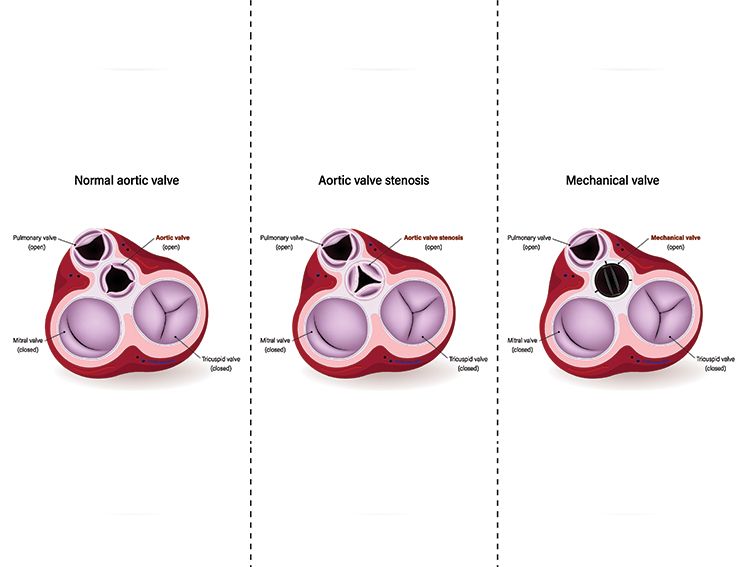
Introduction
Heart attack is no longer a disease of the elderly, and the recent statistics, studies and cases substantiate the same. Sudden deaths due to heart attacks have been on the increase lately. The reasons young adults are affected by the disease vary from atherosclerosis, diabetes mellitus, high blood pressure, and high cholesterol to obesity. A sedentary lifestyle, unhealthy diet habits, and fast-paced life leading to excessive stress, depression, anxiety, family history, and substance abuse are considered contributing factors to an early heart attack in young adults.
The younger generation is at a growing risk of cardiovascular diseases, which sounds alarming. There is an urgent need to create awareness about healthy hearts and the significance of healthy living to curb the onslaught of cardiovascular diseases in the younger age groups. Celebrations like World Heart Day are appealing and welcoming considering the dire need for health awareness, be it preventive, curative, diagnostic, or clinical, amongst the people.
This blog discusses the role of Bioresorbable Scaffolds in treating CAD and how they would benefit young adults who have CAD.
Advancement in Stents
A stent is a small mesh-like device placed during or immediately after angioplasty while treating CAD. The first Balloon Angioplasty has witnessed a revolutionized treatment for CAD. The subsequent three generations of stents, i.e., Bare Metal Stents (BMS), Drug Eluting Stents (DES), and current Bioresorbable Scaffolds (BRS) have contributed massively to treating arterial blockage, with refinement in the composition and designs of the contemporary stents.
The advancement in coronary stenting that provides temporary scaffolding to the blocked artery has been a remarkable breakthrough in intervention cardiology. BRS works on the principle of temporary intervention by leaving the blood vessel once the artery is treated. It provides temporary mechanical support to the healing artery. It is absorbed in the body over time once the artery is healed.
BRS- How is it Different from Other Stents?
Known as a dissolving stent, BRS is the new generation biodegradable stent with an anti-proliferation drug coating, providing temporary mechanical support to the artery until it is wholly healed. The stent dissolves within two to three years after its placement in the artery. BRS releases anti-proliferative drugs promoting healing and restoring the physiological function of the artery.
Drug-eluting stents have been used as a standard treatment for severe cases of CAD and complex lesions for quite a long time, though. Their need and use as a potent combination of therapeutic drug and metallic device cannot be overseen. DES has undoubtedly reduced the problem of restenosis in treated arteries to a great extent. Still, its physical presence in the blood vessel does not entirely rule out the possibility of its late adverse effect. BRS comes as an appealing alternative in coronary stenting. The benefits of BRS, amongst many others, are-
Temporary mechanical scaffolding to the blood vessel leaves no residue of the stent in the body.
The gradual absorption of BRS removes the potential for inflammation in the arterial wall.
The absence of BRS in the artery prevents stent thrombosis and restenosis.
BRS restores the artery to its original position, restoring all physiological functions.
It restores all the options for future re-interventions.
BRS - a boon for young adults
As already discussed in the introductory paragraph above, we see a rise in cases of heart-related problems in younger people. The reasons for this are many, and so are the contributing factors. As with every health issue, health awareness, prevention through lifestyle changes and better dietary habits, timely diagnosis, prompt treatment and post-operative care pain management, medications, and recovery therapy are indispensable parts of healing and treatment.
However, treatment becomes the only option when medications and other remedial measures do not provide the desired results.
The treatment options for CAD could be an open surgery, known as Coronary Artery Bypass Graft (CABG), or a non-surgical, minimal invasive procedure called Angioplasty or Percutaneous Coronary Intervention (PCI).
With its novel treatment approach, addressing the clinical challenges faced when using BMS and DES, and showcasing potential positive clinical outcomes, BRS, as a revolutionary stenting option, provides a unique hope for CAD patients and young adults.
BRS does its work and goes away, leaving behind a healed artery and a healthy heart. With no metallic device in the body, young patients who have a long life ahead need not worry about any foreign object in the body after angioplasty.
The dissolving stent restores the artery to its original shape and physiological function, thus restoring the blood vessel to normalcy. This ensures no change in the treated artery's structure and functionality, as before PCI.
The scaffold disappears gradually, preserving all options for future interventions at the same site. For young patients who might need to undergo PCI again for the same artery in the future, BRS facilitates surgical or non-surgical re-interventions.
The reduced or abolished late stent thrombosis and restenosis possibility is one of the guiding factors for using BRS in young patients with CAD.
Young patients can reap the benefits of enhanced and improved diagnostic tests, ensuring accurate diagnosis. Accuracy in diagnosis leads to timely treatment and a much deserving enriched life.
MeRes100TM from Meril
MeRes100TM from Meril, a Sirolimus Eluting Bioresorbable Vascular Scaffold, is simply sublime for a better tomorrow. MeRes100TM is the next generation and World’s first 100 µm Bioresorbable Scaffold. The ideal strut thickness minimizes vascular injury and ensures early endothelialization. The device comes in a hybrid stent design allowing adequate radial strength.
Conclusion
To put it in a nutshell, for patients diagnosed with CAD at an early age, BRS provides hope and treatment for a healed, healthy, and enriched life once again, provided one maintains a healthy lifestyle with regular exercise, healthy diet, abstinence for smoking and drinking, stress management and keeping blood pressure, cholesterol, sugar, and weight under control. A healed vessel free from foreign objects was a dream once. But BRS has made this dream come true by showcasing promising clinical outcomes.
References
https://spectrumlocalnews.com/nys/central-ny/health/2023/07/24/doctors-seeing-increase-of-heart-attacks-in-young-peoplehttps://www.ahajournals.org/doi/full/10.1161/CIRCINTERVENTIONS.109.859173
https://www.merillife.com/medical-devices/vascular-intervention/coronary/scaffold/bioresorbable-scaffold/meres100
SHARE NOW



